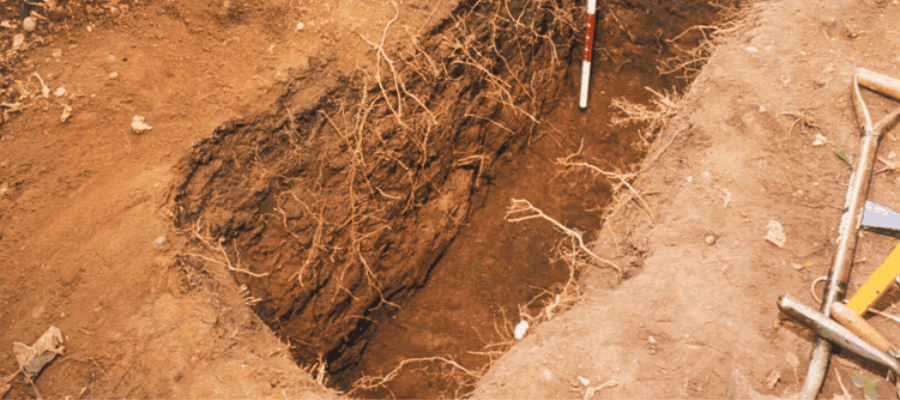Services > Specialist Forensic Service > Forensic Archaeology
Forensic Archaeology
See also:
Forensic Anthropology
Spatial Analysis and Mapping Service
UAVs
Walkover Survey
Archaeological Excavation
3D Crime Scene Modelling
Diatoms
3D Digital Body Reconstruction
Entomology
Soil Botany Pollen
Bones ID

Archaeology is the study of the human past through its physical remains. It can enable us to understand the activities associated with a crime, such as digging and backfilling a pit or grave, concealing a body (or other items) in a pre-existing hollow, or concealment under concrete floors or other parts of a structure.
Multiple phases of activity can be represented at a crime scene: one person might dig a pit but, many weeks or months later, another person might deposit something within it. Evidence can be deliberately or accidentally deposited during each phase of activity, such as weapons, items relating to identity, travel tickets, gloves or clothing.
Forensic archaeology can identify indications of human and natural activities, interpret them, reveal the sequence of these events, and attribute evidence to the correct phase of activity. It can also help to understand how much time has passed since an activity, such as burial, occurred.
Cellmark’s forensic archaeological approach comprises four main stages that can be used together or individually. They progress from non-intrusive methods to archaeological excavation:
Helping to define the search area or to understand the scene prior to attendance.
The use of drones to capture specialist data
Ground-level inspection to look for indications of disturbance, e.g. burial.
Comprehensive examination and recording of anomalies or overall search area
Archaeologists often work in collaboration with other specialists to ensure the most effective approach for a search or scene examination is undertaken. This commonly includes:
- Anthropologists
- CSIs
- PolSAs
- Geophysicists (using instruments to sense below the ground)
- Dog handlers
- Botanists (plants)
- Palynologists (pollen)
- Geologists (soil)
- Entomologists (insects)
